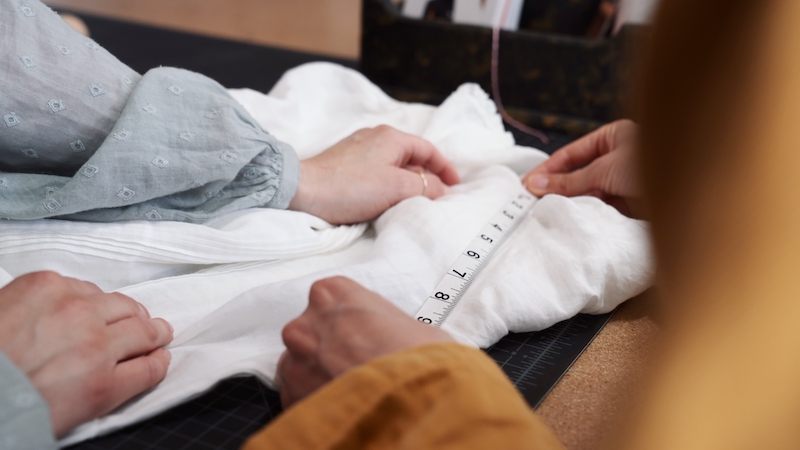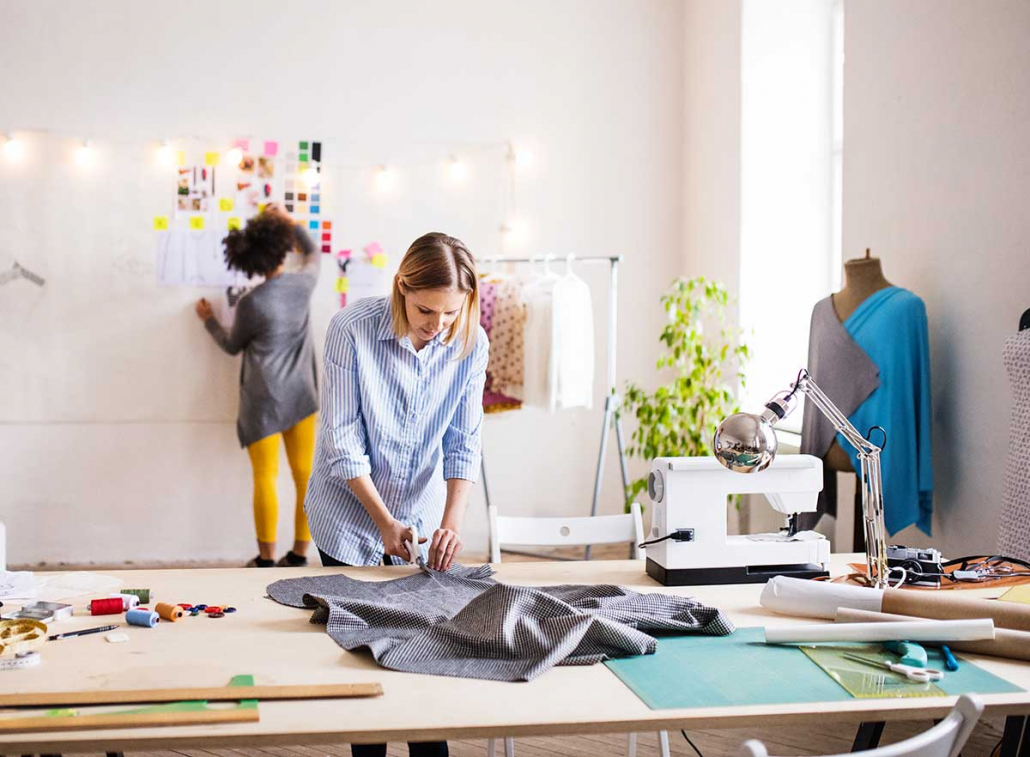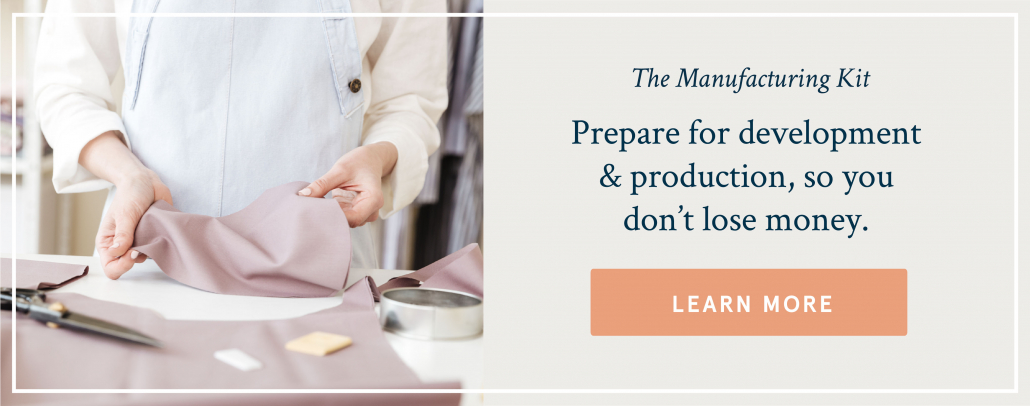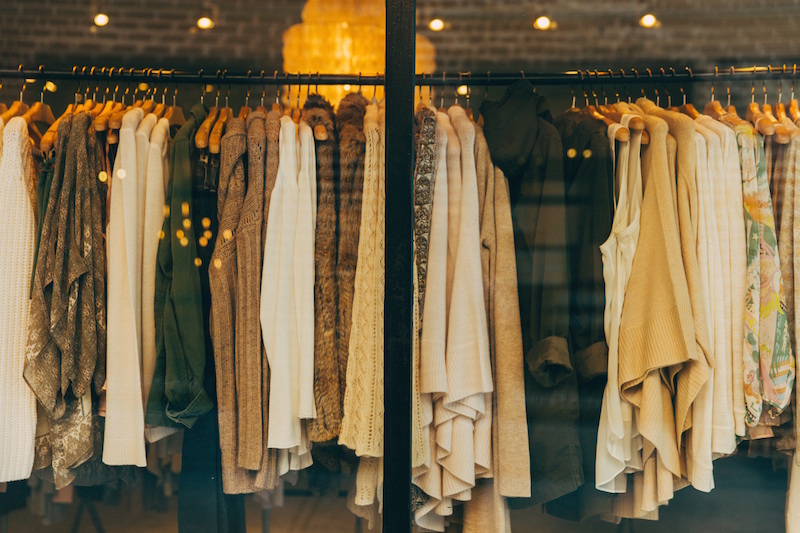When it comes to starting a sustainable fashion brand, what’s the number one thing that takes the longest?
Fabric sourcing.
It can take as long as six months to find the perfect fabric and materials for your line.
That’s why, in the Factory45 program, it’s one of the first things we do.
But once you have an idea of the fabric you need, how do you reach out to suppliers so that you actually get a response?
If they’re receiving hundreds of emails per day from entrepreneurs like you, how do you make sure you stand out from the rest?
How do you make it easy for them to help you?
And what exactly do you say to set yourself up for a successful working relationship?
Because here’s the truth:
95 percent of new designers are making the process harder on themselves and harder on the supplier.
And it doesn’t have to be that way.
So in this video, I’m laying out the 7 things you need to know to successfully contact fabric suppliers so you get a response.
Just click the play button below —
In the comments below the video, tell me:
Which one of these seven tips are you going to try the next time you’re looking for fabric?
I’d love to hear from you,
P.S. If you’re looking to take your fabric sourcing one step further, I have The Fabric Sourcing Kit for you. It’s full of resources to help you source fabric in 30 days — including a list of my top 10 sustainable fabric suppliers. You can check it out here.
THIS WEEK ON THE CLEAN LIVING PODCAST
Listen on Apple Podcasts here | Listen on Spotify here
LEMON I’ve become a little obsessed with natural ways of boosting my immune system. To be honest, it hadn’t really dawned on me before the pandemic hit how important it is to be preventive and not just reactive about getting sick. In this episode, I’m sharing one little food hack that is as simple as squeezing a lemon.
HUMMUS In my mind, hummus is the perfect snack — it’s filling, can be spread or dipped onto any number of foods and it’s a great source of protein. So when I saw a study released by the Environmental Working Group about glyphosate levels in hummus and chickpeas, my throat dropped into my stomach.
WATER When I first found out that our Brita water filter wasn’t removing nearly as many contaminants as I thought it was, I went down a deep rabbit hole to find the best water filter at an affordable price. Turns out, the research wasn’t nearly as straightforward as I was hoping it would be…













